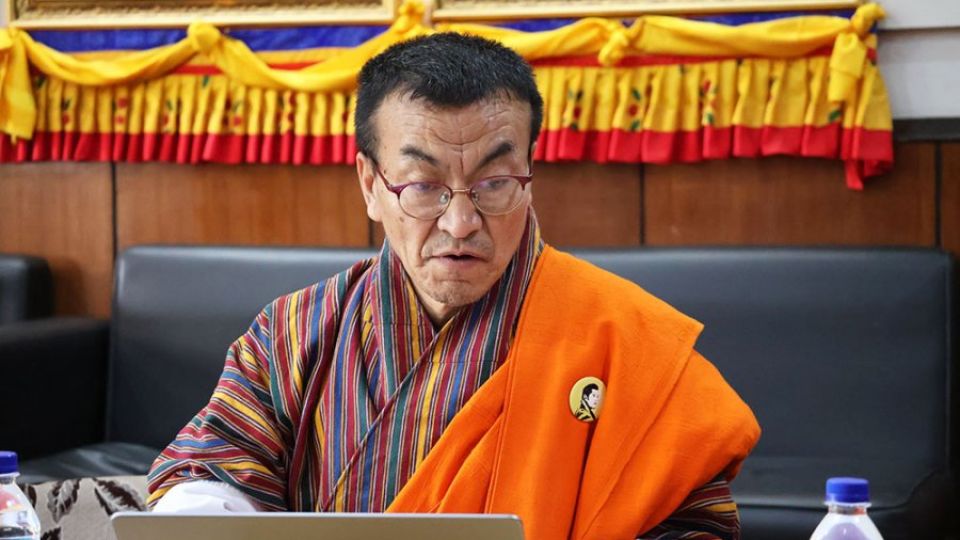September 2, 2024
THIMPHU – This week, both the government and political parties have been actively addressing the recent surge in car prices, responding to widespread public concern.
The government has now concluded its investigation into the matter, revealing more information about the underlying causes of the price hike.
Finance Minister Lekey Dorji, during a Meet-the-Press session yesterday, announced that a multi-sectoral committee had determined there were no tax increases on vehicles with a capacity of 1,000 cc or less.
However, for vehicles with a capacity of up to 1,200 cc, prices have soared from Nu 57,000 to Nu 200,000.
According to Lyonpo Dorji, this significant price increase cannot be solely attributed to changes in tax policy.
The minister clarified that even if the government were to reduce taxes, it might not lead to a decrease in vehicle prices due to other influencing factors. These include shipping charges, environmental standards, currency fluctuations, and model specifications.
Former Finance Minister Namgay Tshering and former DNT Member of Parliament Kinley Wangchuk have echoed similar views on social media.
Namgay Tshering said that although the government did raise taxes on certain vehicles, this did not apply to those with engines between 1,000 and 1,200 cc. He said that taxes on utility vehicles like Boleros and pickups, which are widely used by the public, were not increased.
Kinley Wangchuk added that tax increases implemented by the previous government were aimed at vehicles with engines over 1,200 cc, targeting higher-income individuals. In contrast, taxes on vehicles intended for low- and middle-income groups remained unchanged.
In 2022, the previous government kept the tax rates for vehicles with cylinder capacities between 1,000 and 1,200 cc unchanged, at 45 percent for Customs Duty (CD) and Sales Tax (ST), and 10 percent for Green Tax (GT). However, taxes on vehicles with cylinder capacities between 1,200 and 1,500 cc were increased. The CD rose from 45 to 50 percent, ST from 45 to 60 percent, and GT from 10 to 20 percent.
Kinley Wangchuk suggested that the recent price increase might be attributed to rising costs from the source, as identified by the multi-sectoral committee, as well as the profit margins of domestic car dealers.
In line with this, the Druk Thuendrel Tshogpa (DTT) also highlighted the role of dealers in driving up prices, although dealers themselves refute this claim, attributing the higher costs to increased expenses at the source.
The DTT proposed a solution allowing individuals to purchase vehicles directly from manufacturers after paying the applicable taxes, aiming to reduce costs and provide more transparency in the pricing process.
A former parliamentarian has attributed the recent rise in vehicle prices to a disruption in vehicle supply caused by a moratorium, which led to higher demand once it was lifted.
He suggested that dealers might have capitalised on this situation to maximize their profits, especially following difficulties experienced during the moratorium.
Inflation affecting raw material and production costs was also highlighted as a potential factor influencing vehicle prices in Bhutan, even in the absence of local tax changes.
The government, in consultation with the Royal Monetary Authority of Bhutan, decided to lift the moratorium on vehicles. Finance Minister Lekey Dorji explained that, despite limited foreign exchange reserves, this decision aims to stimulate economic activity.
He assured that any further decisions would be based on economic analysis rather than political motivations.
In response to calls from the opposition to review taxes in the winter parliamentary session, the minister indicated that such a revision would depend on a reassessment of macroeconomic conditions.
Prime Minister Tshering Tobgay emphasised that previous tax increases were implemented after careful parliamentary discussion and assured that the government would review the justification for these taxes before considering any changes in future sessions.


